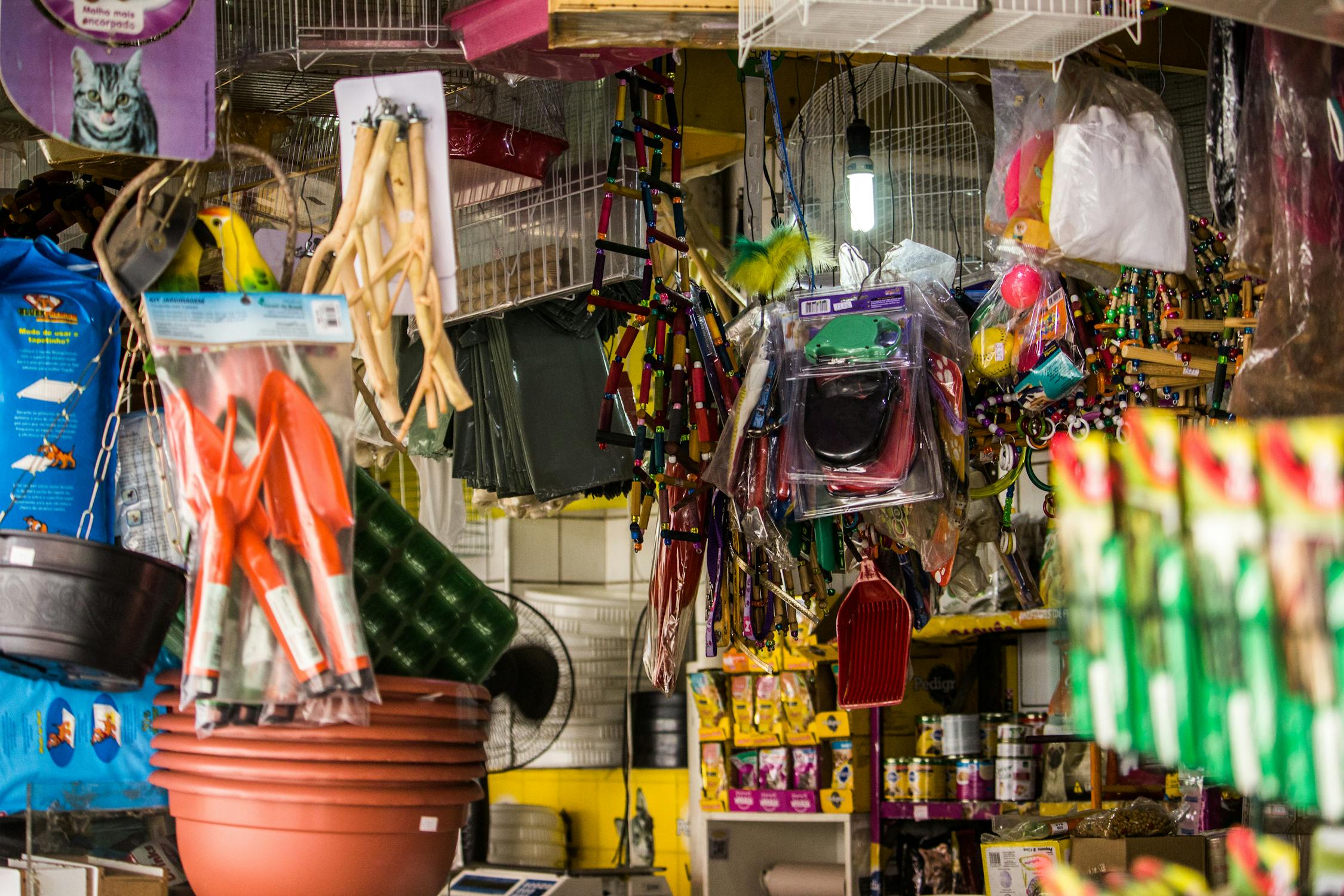Turning Yard Sales into a Profitable Weekend Venture

Yard sales have been a part of tradition for a long time bringing people together to buy and sell secondhand items at affordable prices. However what used to be a way to tidy up homes has now become a profitable weekend activity for many individuals. By approaching yard sales they can be a source of significant income. Selecting the items to sell pricing them correctly and effectively promoting the sale are all crucial factors in transforming a casual weekend event into a lucrative small business opportunity.
Picking the Right Items to Sell
One of the elements in running a successful yard sale is choosing the appropriate items to sell. It's not about getting rid of things from your attic; it's about offering goods that are in high demand within the secondhand market. Items like used furniture, vintage clothing, electronics and collectibles tend to attract more buyers and command higher prices.
A useful guideline is to focus on items that you would personally be interested in buying at a yard sale. Researching items on platforms, like eBay or Craigslist can give you an idea of their online selling prices. This research can help you determine which items are worth featuring in your sale.
Furthermore seasonal products can also be quite profitable. For instance in the summer season items like furniture or gardening tools tend to attract more buyers. In contrast during the winter period holiday decorations or cold weather clothing may see a rise in demand.
Effective Pricing Techniques
Setting prices is another aspect that can impact the success of your yard sale. It's essential to find a balance between offering prices that appeal to customers while ensuring a profit for yourself. Pricing items high could turn away potential buyers while pricing them too low might result in missed revenue opportunities.
Here are some general guidelines on pricing your items;
- Electronics; Typically priced at 25 30% of their retail value.
- Furniture; Prices usually range from 20 50% depending on the condition and brand.
- Clothing; Typically priced at $1 $5 per item unless they are designer pieces.
- Books; Often sold for $1 $2 each with sets or rare editions fetching prices.
Another tactic is to provide bundle offers or discounts, for purchases. This not helps clear out more inventory but also entices customers to make additional purchases.
Promoting Your Yard Sale
No matter how well you prepare and price your items for a yard sale its success hinges on spreading the word. Marketing plays a role in attracting potential buyers. While traditional methods like posting signs in your neighborhood remain effective combining them with marketing strategies can significantly expand your outreach.
Utilizing social media platforms such as Facebook Marketplace and community groups can be valuable for promoting your yard sale. Sharing high quality photos of standout items can generate interest. Attract more visitors. Online platforms like Yard Sale Search (yardsalesearch.com) offer a listing service to help you reach a wider audience.
The Significance of Display
The way you showcase your items can greatly influence their selling speed. Presentation goes beyond cleanliness; it involves creating an inviting atmosphere where shoppers feel comfortable exploring and uncovering hidden treasures. Categorize your items—such as electronics, clothing and kitchenware—. Display them neatly on tables or shelves.
For pieces like furniture position them closer, to the street to catch the eye of passersby easily. Smaller items should be grouped by category to simplify browsing for customers without having to sift through clutter.
Consider putting price tags or labels on all items to make shopping easier for customers and speed up transactions so they don't have to inquire about pricing
Getting Familiar with Local Regulations
Before organizing a yard sale it's crucial to be aware of any rules that may be in place. Some cities mandate permits for hosting yard sales or set limitations on the number of sales allowed within a timeframe. Non compliance with these regulations could lead to fines or the closure of your sale by authorities so it's advisable to seek guidance during your preparations. Here are a few examples;
| City | Permit Required | Sale Frequency Limit |
|---|---|---|
| Los Angeles | No permit required (with restrictions) | Limited to 2 sales per year |
| New York City | No permit required (with restrictions) | No specified limit |
| Austin | No permit required | No limit |
Mastering the Art of Negotiation
Haggling is a common practice in yard sale settings so be ready for customers who may want to negotiate prices with you. While some sellers might find this challenging it presents an opportunity to interact with buyers and ensure both parties are content.
A useful tactic is to begin with higher prices than what you're willing to settle for but still reasonable based on prior market research. This approach allows room, for negotiation without impacting your profits.
To transform yard sales into weekend endeavors it's essential to plan meticulously and execute effectively. Selecting the merchandise establishing fair prices promoting strategically displaying goods attractively being aware of local rules and honing your negotiation abilities are key to optimizing sales and earnings.
This method not aids in decluttering unwanted possessions but also provides a fantastic chance to earn additional money on weekends; creating a mutually beneficial situation, for both sellers and buyers.
